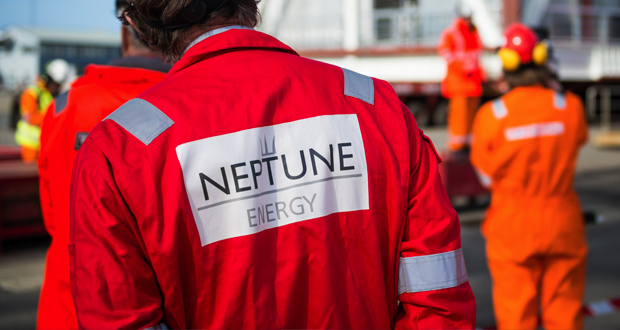Neptune Energy aims for carbon negativity by 2030

Neptune Energy announced plans to store more carbon than is emitted from its operations and the use of its sold products by 2030.
The company is currently progressing two carbon capture and storage (CCS) developments in the Dutch and UK sectors of the North Sea that could see it store more than 9 million tonnes of carbon dioxide (CO2) emissions per year for third parties by the end of this decade. That would exceed its projected direct emissions (Scope 1) and emissions from the use of its sold products (Scope 3).
Neptune’s aim will be supported by a refreshed strategy, focusing on lower carbon energy production and integrated energy hubs. The company said it will focus on electrification where it is economic to do so, and continue to reduce emissions from its operations. It will continue to target production in its key producing regions, maintaining its gas-weighted portfolio and lower carbon intensity. New gas and oil developments that are consistent with its lower carbon strategy will be prioritized, along with those that provide opportunities to integrate energy systems.
Neptune will therefore pursue electrification to decarbonize some of its highest producing assets where it is economic do so and where the regulatory regime is supportive. Consequently, its short-term focus for electrification is in Norway. By the end of 2022, more than 35,000 BOED of Neptune’s net annual production will be electrified. With further projects planned in Norway, the company aims to have around 50,000 BOED electrified by 2027.
The company’s integrated energy hub strategy provides an opportunity to drive offshore decarbonization, by extending the life of offshore assets and repurposing them to facilitate CO2 storage and hydrogen production, using domestic, lower carbon intensive gas or wind power. By extending field life, electrification could become more economic, helping decarbonize existing production further. This strategy builds on the company’s experience with CCS in the Netherlands and Norway.
Neptune, with its partners, is currently developing the L10 CCS project in the Netherlands, which could store up to 5mt of carbon per year. The company plans to have the project FEED-ready by the end of 2022, with a final investment decision due in 2023. First carbon injection could be in 2026. The company is also pursuing a CCS storage and appraisal licence in the UK, and further potential opportunities in the UK and Norway.
Through CCS, Neptune aims to store more carbon for third-party emitters than is emitted from its operations and the use of its sold products by 2030.




